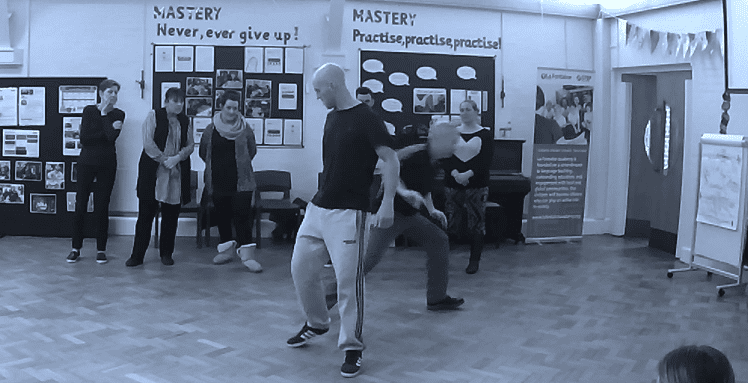Near Miss:
“An unplanned event or situation that could have resulted in injury, illness, damage or loss but did not do so due to chance, corrective action or timely intervention.”
Overheard recently on a training course: “The client reached forward and grabbed the driver of the car, from the back seat, obscuring her vision and clawing at her face – we were on a main road travelling at speed”
A CQC inspection report about a mental health clinic in England: “Intervention and restraint using approved techniques. During restraint became limp and not communicating. Paramedics called.”
A Care Home in Wales , fined £7,000 after a Bed-Rail death and HSE prosecution: ” There had been a similar incident three weeks before her death in August 2008. Despite the “near miss,” staff did not appreciate the potential dangers, the court heard.”
Inspector Guidance Note (IGN) 1.08 , from the HSE states:
“Recording non-reportable near misses … may help to prevent a re-occurrence. Recording these near misses can also help identify any weaknesses in operational procedures as deviations from normal good practice may only happen infrequently but could have potentially high consequences. A review of near misses over time may reveal patterns from which lessons can be learned.”
Reporting only “dangerous” near misses, however, is not sufficient in a proactive system of safety management. For more detail on what Near Misses are and how you should be managing them in your work, we recommend Near Miss
Our training courses always provide staff with an overview of their own (Section 7) and their employers’ (Section 2 and Section 3) obligations under the Health and Safety at Work Act 1974. This serves to raise awareness of the systematic nature of risk management and how everyone involved in work has the ability to influence its safety.

Gerard O’Dea is a conflict management, personal safety and physical interventions training consultant. He is the training director for Dynamis, a specialist in personal safety and violence reduction initiatives and the European Adviser for ‘Verbal Defense and Influence’, a global programme which addresses the spectrum of human conflict. www.dynamis.training
Gerard’s book on Lone Worker Personal Safety is available on Amazon Kindle and Paperback.



